How to think about Ethical and Sustainable Garments - feature on The Fashion Conversation
I've collaborated with 'The Fashion Conversation' on another article; Basics 101: Technical Drawings, to help aspiring designers make it in the fashion industry....
If you've been following me at all, you'll know that I'm passionate about sustainable trade, so it's no surprise that my fourth instalment for the The Fashion Conversation is on this topic. In case you missed it, I'm collaborating with the blog to create articles aimed at helping aspiring designers to make it in the fashion industry. The first post was entitled; 'Basics 101: Where To Start When Building A Fashion Brand' + I shared 5 steps that will take your business from daydream to reality. You can read the full post on The Fashion Conversation website, here. Next, we talked about technical drawings; you can learn all about them in this post and fit sessions are covered in this one.
The fourth part of the instalment covers the basic things you need to know about both sustainable and ethical business practises. You can read the full post on The Fashion Conversation here and there's further reading on the subject in this post 'Why Being Sustainable is Good for Your Fashion Business'.
I love helping brands understand sustainability and ethical issues and I have a free masterclass here if you’d like to learn more about starting your own sustainable fashion brand. Click here to register free.
I hate spam too - if you sign up to this email list, your details won't be sold or leased to anyone else. I will email you from time to time with helpful content and occasional offers, which you can unsubscribe from at any time.
Small changes that make your fashion brand more ethical + sustainable
A lot of people want to be more aware of their environmental + social impact, but many don't know where to begin making positive change. Here's a few places to start....
The more I learn about the fashion industry, the more I find it hard to sleep at night. The industry is guilty of some of the most sickening + inhumane acts + most consumers are totally unaware, or shy away from learning the truth, because they too will find it hard to sleep. In addition, clothing manufacture is the second largest polluter on the planet. This post isn't about guilting you into things, but instead, talks about simple, inexpensive changes that you can make to your business to make it more ethical and/or sustainable. It accompanies last weeks post, which talks about why being sustainable is good for business, not just the environment (you can click here to read if you missed out).
The days of ethical brands being solely for hippies + stores filled with incense are long gone, nowadays, on the surface of things an ethical brand looks just the same as a 'regular' one, just without all of the unsavoury things that go on during production. Being sustainable or ethical no longer has to mean sacrificing on your aesthetic, there's sustainable fabrics made that can replace traditional ones + suppliers operating on all levels who adopt ethical practices. So, as a small business, what can you change to make your business more positive, without having to spend a fortune?
Use certified products + services
There's a lot of organisations around who monitor production + manufacture. By using companies who are certified by these organisations, you can make choices that are better for your business, without having to spend time and money getting things tested for yourself, this is particularly useful when choosing fabrics. If you see a fabric that has been certified, a quick Google search should be able to tell you more about the origins of the organisation + what the certificate means for you + your product. There's certificates for different purposes, for instance GOTS (The Global Organic Textiles Standard) focuses on the origins of fibres + raw materials + whether or not they are organic, whereas Fair Trade focuses more on ethics + workers rights.
Use organic, low water cotton
Although Cotton is a natural fibre, it is often labelled the world’s dirtiest crop + requires a huge amount of water to grow + often fertilisers are used, which are packed with harmful chemicals. Cotton is used for lots of products, such as t-shirts and jeans + the amount of water used to make one cotton tee + one pair of cotton jeans is the same amount of water consumed by one person in 3 years. 3 years!! The UN estimates that if things continue as they are, half of the worlds population will not have access to clean water by 2040. So, by choosing an organic cotton, which doesn't involve the use of chemicals + therefore doesn't pollute water, you're already making a positive change. Organic cotton is widely available + often certified by GOTS, or another similar agency. It's also possible to buy 'low-water' fabrics, which means that considerably less water has been used during the production process. You could also consider cotton alternatives, such as bamboo + modal, both of which have some lovely properties.
Use recycled polyester
If you've been watching the news lately, you'll know that the world has a huge problem with plastics, as they take hundreds of years to decompose + are clogging up our landfill sites. What you may not know is that that a lot of fabrics, including the commonly used polyester, are plastic based. The good news is, a lot of companies are now producing recycled polyester fabrics - some are even made from old fishing nets that have been collected from the sea. This is a great programme to back, as not only does it support recycling, but it also protects marine wildlife like turtles + dolphins from getting caught up in plastic. Recycled fabrics are available for a whole range of uses, from swimwear to sportswear, stretch t-shirt fabrics + cosy sweater fabrics. So, if you're thinking of using polyester in your range, it's best to look for one that uses recycled fibres.
The best part is that a lot of eco-friendly, sustainable fabrics don't cost as much as you think + are often a similar price to a good quality 'regular' fabric. Perhaps even better, most of the companies offering sustainable fabrics also allow small minimums, meaning that even small companies + startups can benifit. Comapnies like Offset Warehouse have a minimum order quantity of only 1m!
Limit the amount of packaging you use
Not only is using less packaging better for the environment, but if you're using less, you're buying less + therefore spending less. Also consider how you can recycle the packaging you do use - not only sending it off for recycling, but also reusing things (which also saves you money, as you don't have to buy new all the time!). For example, do you need to wrap your items up in a plastic bag and then put them in an envelope for sending, or could you just put them in the envelope? Do you actually need an envelope with bubble wrap, or could you use a regular envelope? Clothing isn't breakable, so it doesn't really need to be wrapped in air filled plastic. If you're worried about what you're shoppers might think, communicate with them. As long as they receive the items in good condition, they won't be bothered about what it arrives in + if they'll probably be happy if you tell them that you're trying to limit the waste you create, for environmental reasons.
Use recycled paper
A good way to help the environment is to limit the amount of documents you print off. Do you really need to print that sales report, or could you read it on screen? Do you need to enclose a printout of a customers order in a package, or could you send an email instead? If you do have to print, use recycled printer paper, which is inexpensive + widely available. If you're having business cards made, or other stationary, most comapnies offer a recyceld paper opeion + many can print with enviromnetally friendly ink + can avoid using techniques which make it impossible to reycyle the cards/flyers/etc,
Check the source of any fibres with animal origins
Many of us know about the barbaric practices of the fur industry, which causes millions of animals pain + suffering throughout their life, not just when it comes to the end (which comes in a horrific, dark ages torture style for many, including the 2 million dogs a year who die for fashion). But did you also know that a lot of fake fur is actually made from real fur + there are a lot of products that are made from animal parts, even things like jumpers? If you're using fake fur it's best to check the source thoroughly, as sadly a lot of retailers have been finding out that the fur they purchased as fake, is actually real, even large retailers like Amazon. Also, products like angora are made from 50million rabbits per year, in a process so awful that many retailers had to drop it after boycotts following a video PETA released of the process. As with fur, it's worth following up on all animal based fibres, even with common fibres like wool. Even in the western, (generally considered more animal friendly) world, sheep undergo a mutilation process, so it's best to check that your wool has come from an ethical source. There's a lot of smaller companies starting to pop up, who work with local farmers + build a relationship with them to ensure animal safety + wellbeing. If you can't be sure, it's probably best to consider other fibres - remember that the majority of producers view animals as a commodity without feeling + treat them as such.
Visit your factory, or arrange an audit
I, like many people believe that it should be a basic human right to be paid for the work you do + work in a safe environment. Unfortunately for many people, this isn't the case. Contrary to popular belief, this isn't solely a problem for the developing world, even in my hometown of Leicester, England, there have been cases of slave labour + people being paid below minimum wage in garment factories. + even I've been subjected to working hundreds of hours in overtime, without pay. If you're able, try to visit your manufacturers + see what the conditions are like + speak to the staff whereever possible. Not just the boss, but anyone who you can find. If you can't visit, there are agencies around such as QUALSPEC who can do factory visits + audits on your behalf.
I hope this post has given you some ideas of how your buisness can operate in a more positive way, without having to spend extra money. In some cases, it even saves you money! Have you got any tips for operating a more sustainable/ethical business model? I'd love to hear them, so please feel free to leave me a message in the comments below...
I hate spam too - if you sign up to this email list, your details won't be sold or leased to anyone else. I will email you from time to time with helpful content and occasional offers, which you can unsubscribe from at any time.
Is your small business really ethical?
I've been concerned to discover that a lot of small businesses believe they are ethical by default, in this post I talk about what ethical really means...
If you know me or have spent much time on my social media accounts, you'll know one of the things that I'm passionate about is ethical trading and sustainability. It's something that I've been involved with for years (I bought my first book on the subject aged 8 and from then on insisted that all bath water must be recycled because there was a drought in Africa, much to the displeasure of my parents!) and I've been really happy to see that in recent years consumer interest in this issue has been increasing. I'm hoping that the release of the high profile Leonardo Di Caprio documentary 'Before The Flood' and the media coverage around it will highlight the issue even more and we'll start to see some real change in the coming year.
As someone who's previously had a handmade shop, I like to support both small shops and ethical trading where possible when shopping. As most people do, I had a lot of shopping to do over Christmas and took to a number of handmade marketplaces looking for the perfect ethically sourced gift. I was thrilled to find that hundreds of results came up in my search. However, upon closer inspection and after contacting some of the sellers, I found that search terms such as 'ethical', 'environmentally friendly', 'sustainable' and 'against animal testing' had (unbeknown to them) been incorrectly used, or worse, used just because it's a 'buzzword'. This experience has provided me with even more encouragement and drive to educate people and in particular small businesses on what exactly they are promoting and buying into. I genuinely believe that a lot of people are open to changing their shopping habits and buy with a conscience, but there needs to be more guidelines and easy to understand information - so I'm going to attempt to provide that!
I'm not going to lie, it can be extremely difficult and at times feels impossible to be truly ethical and sustainable. It's a complex topic and involves asking lot of questions as a business, doing the research and sourcing reliable suppliers. In this first post on ethical trading, I'm going to cover the basics and things to consider if you're a small, handmade seller.
Who is making the product?
This was a common misconception I discovered when speaking to handmade sellers. They thought that because they made the end product, their product was automatically ethical. On the surface of it, you can see their thinking - 'I've made it, I've been treated fairly in nice working conditions, it's safe, no-one is working against their will, there's no child labour....etc'. However, who made the components? The paint, the fabric, the zipper, the packaging materials, the paper? In most cases, as a small business owner, you have no idea, the materials were bought from a shop and it's impossible to trace the origin. In this case, you can't claim that your product is 'ethically sourced', as in reality you have no idea the circumstances the materials were made in. Even if the raw materials are US or European made, for example, there's no guarantee they were made in fair conditions, the sad truth is that even in developed countries in this day and age child labour still exists illegally. I know that's a harsh truth that none of us want to hear or accept, but it's a reality that needs to be changed.
What are the raw materials and where do they come from?
We all know that deforestation can be devastating to animals and the environment, but many small businesses may not consider the impact they have on this. Thankfully these days we do see options for sustainable or recycled paper available for purchase and we have the option to change our shopping habits in order to buy a more eco-friendly option. But what about other products derived from trees, or plants? A surprising number of everyday fabrics are made from trees, such as rayon, modal and viscose. I recently shared this Vogue article on twitter, where Stella McCartney speaks about deforestation for viscose production, saying '120 million trees are cut down a year for it and so as soon as we knew that we didn't want to be a part of it'. McCartney has now successfully sourced viscose from sustainably managed forests. As a small business owner, you can look for suppliers who are credited as being sustainable. For example, if you buy fabric you can purchase from manufacturers who have a 'sustainable fabric certification' awarded by SCS Global Services.
How were the materials produced?
So, you've established who made the raw materials and where they were sourced from. Another question you can ask is, how were the materials produced? This will obviously vary hugely between industries, but speaking from an apparel point of view, what I look for in particular is the dye process. Dying fabric uses a huge amount of water, often in areas where water is a precious commodity, it also uses a lot of chemicals that can be harmful. Are the harmful chemicals just being poured into the local rivers, is it harming the wildlife, are people drinking it? Thankfully, there are companies and suppliers around who develop eco friendly fabrics and dyes, so you don't have to do all of the detective work yourself, you can look out for materials that have been credited as eco-friendly. This website has a list of trusted labels that appear on fabrics and products; Ecolabel Index.
This is only the tip of the iceberg, but as you can already see there's a lot of steps that go into ensuring that a product can be branded as 'eco-friendly', 'sustainable or 'ethical'. Hopefully this post has given some food for thought, I think the one key takeaway as a small business owner is to think about the whole picture, all of the components that go into your products, rather than just the elements that you control. If it's too intimidating to take on all of these steps at once, just try one at a time. I'm a big believer in small steps and strongly feel a small positive change is much better than thinking about it and doing nothing.
I really hope you enjoyed this post, if you have any feedback I'd love to hear it in the comments section below. If you're interested in learning more about this topic, you can sign up to the mailing list to receive updates on new posts. Thanks for reading!
I hate spam too - if you sign up to this email list, your details won't be sold or leased to anyone else. I will email you from time to time with helpful content and occasional offers, which you can unsubscribe from at any time.























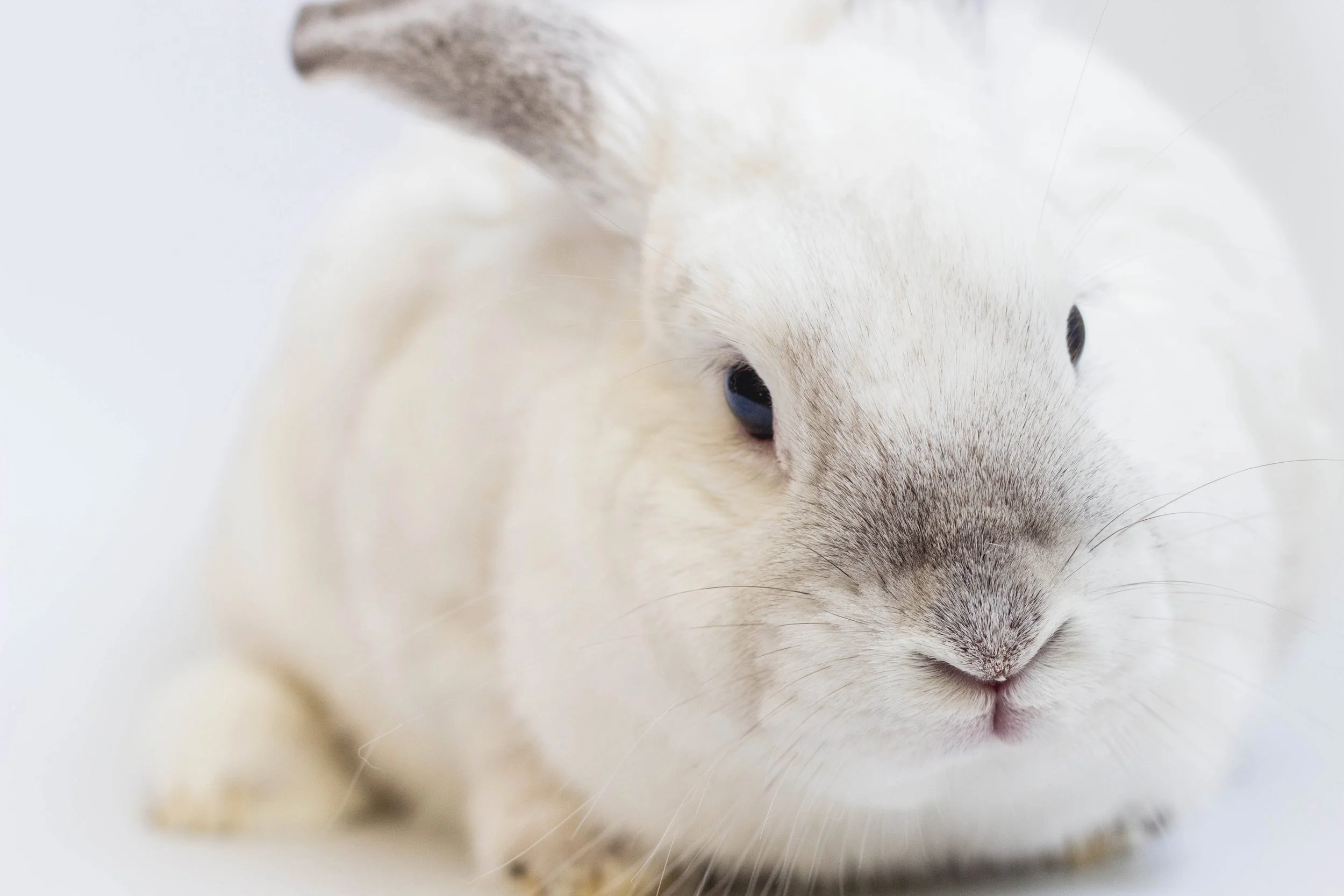



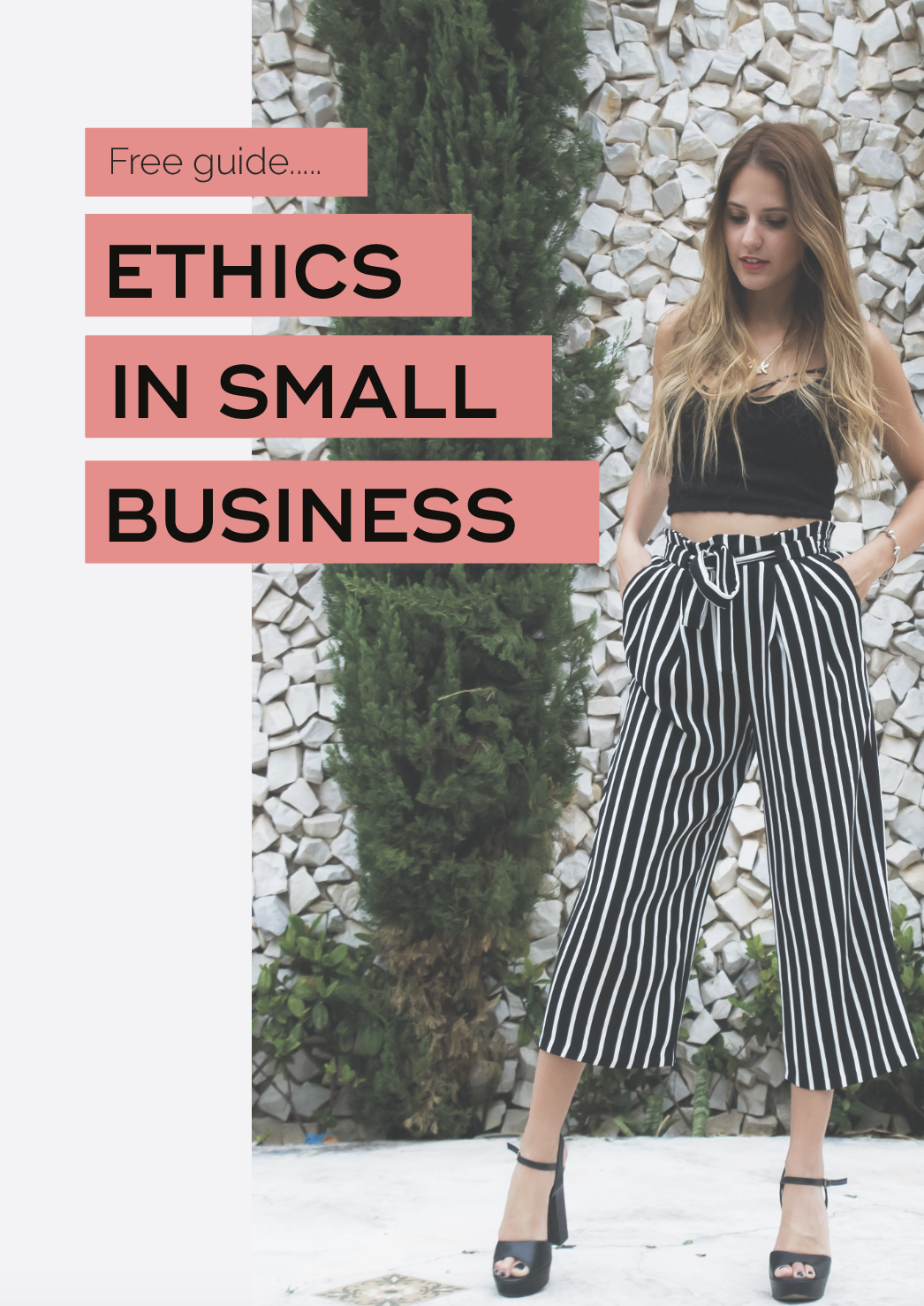
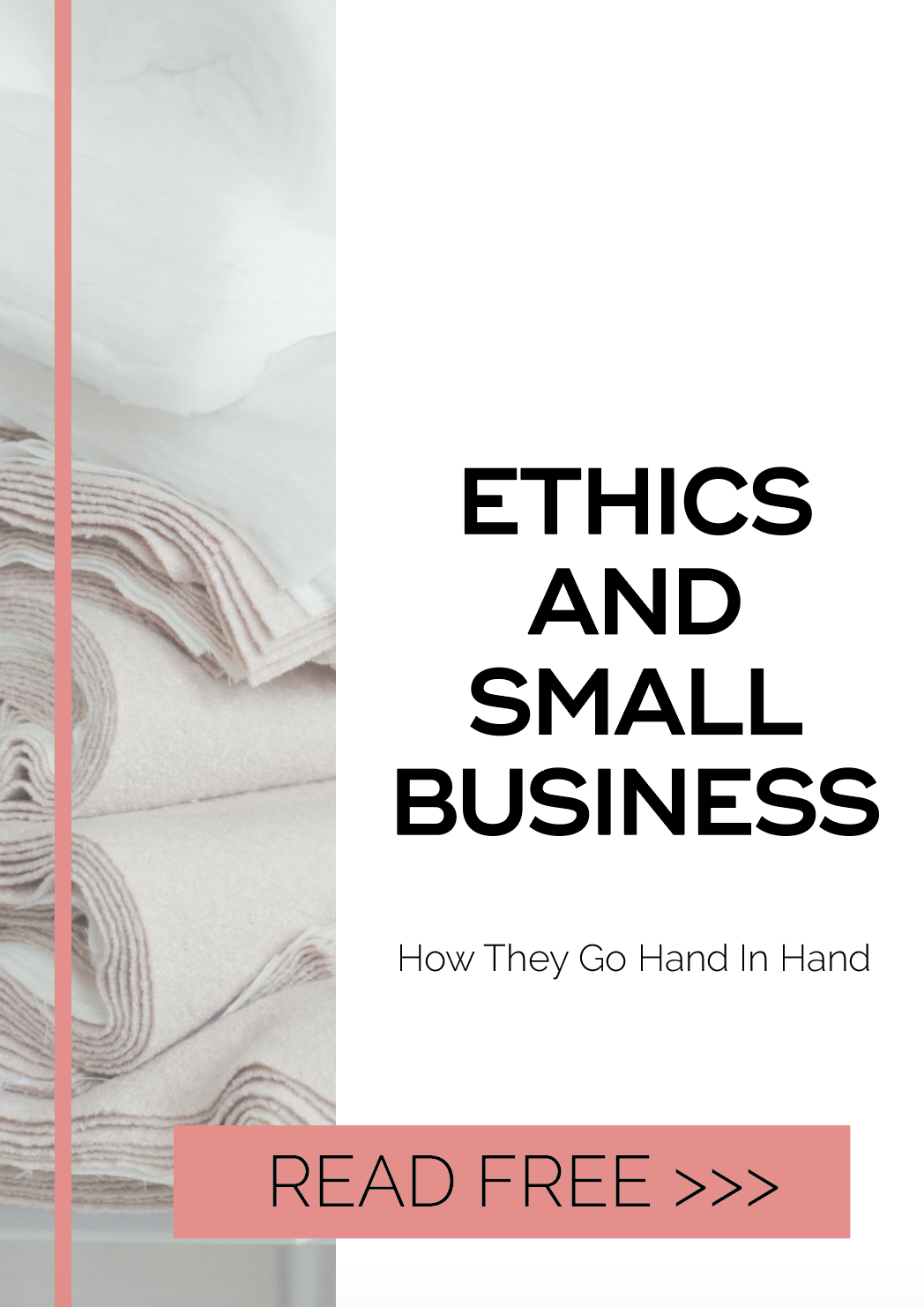
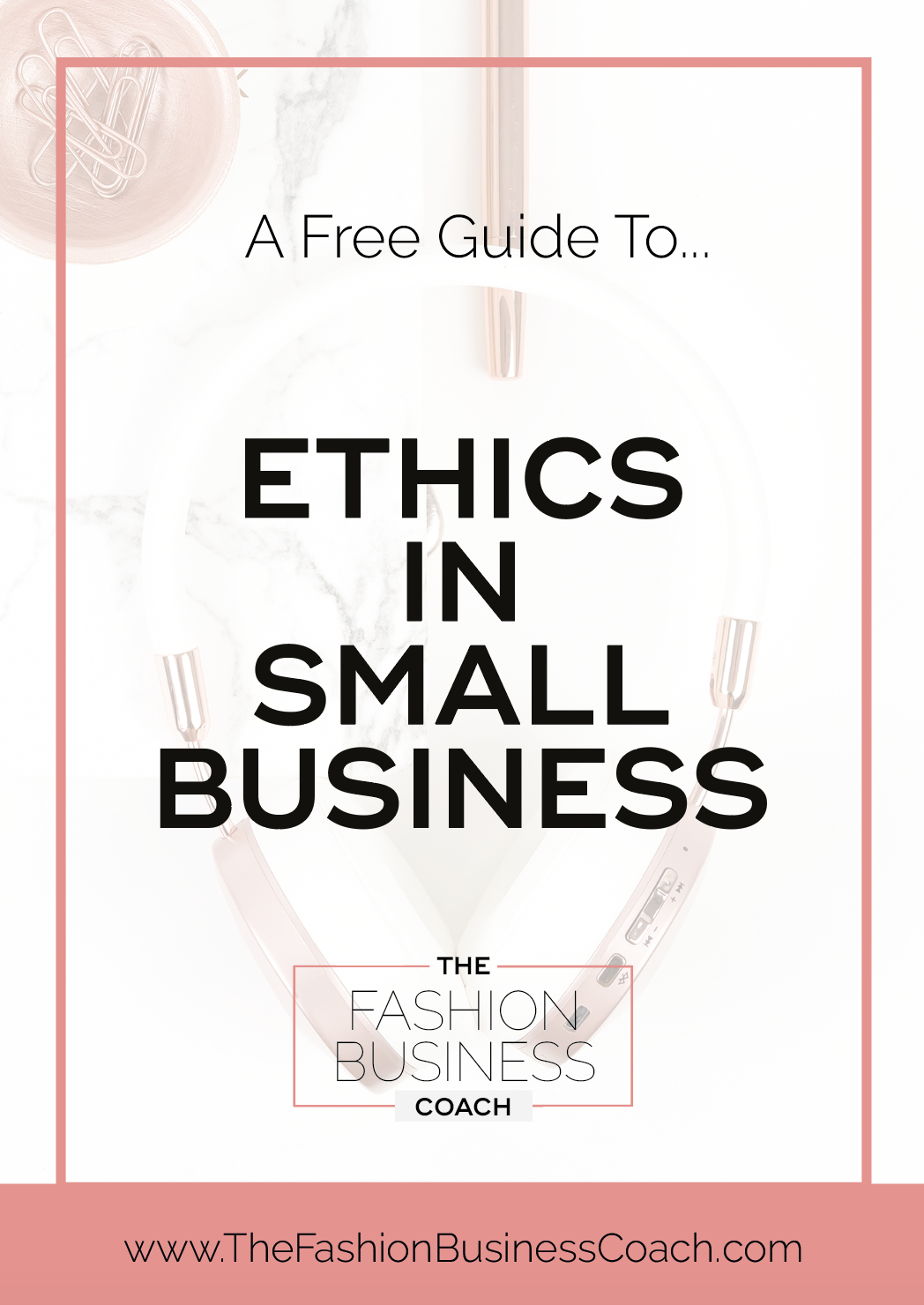
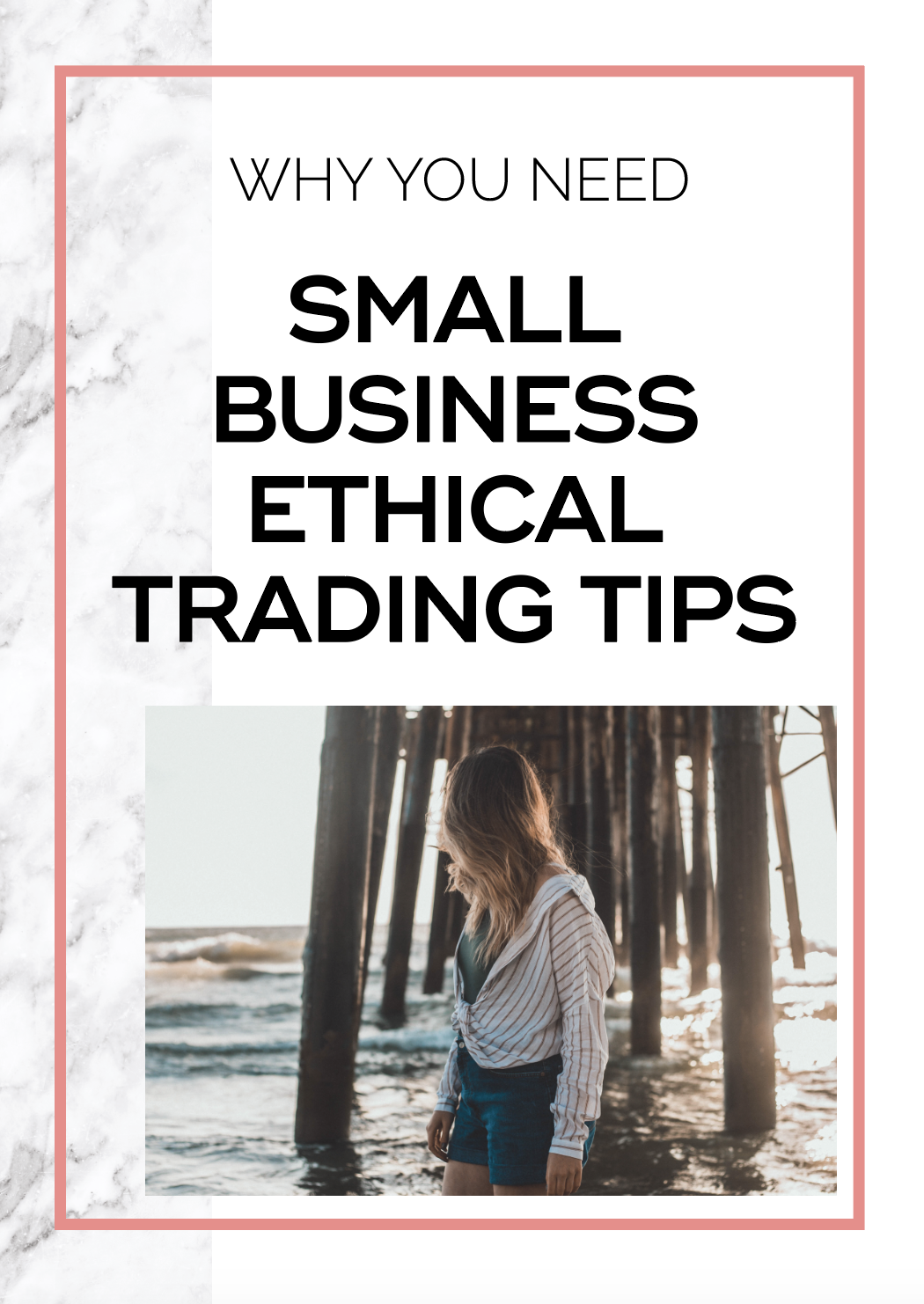
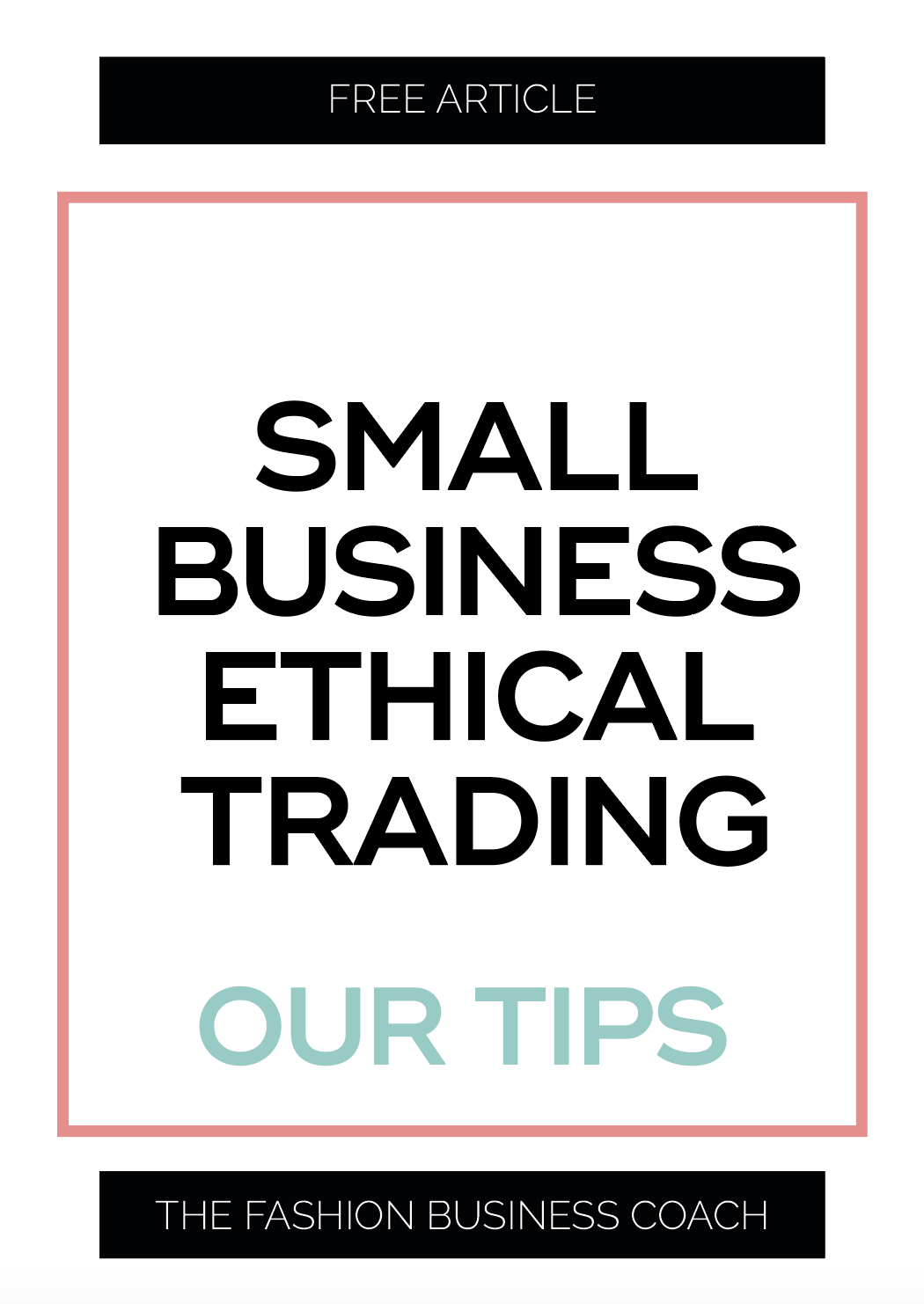
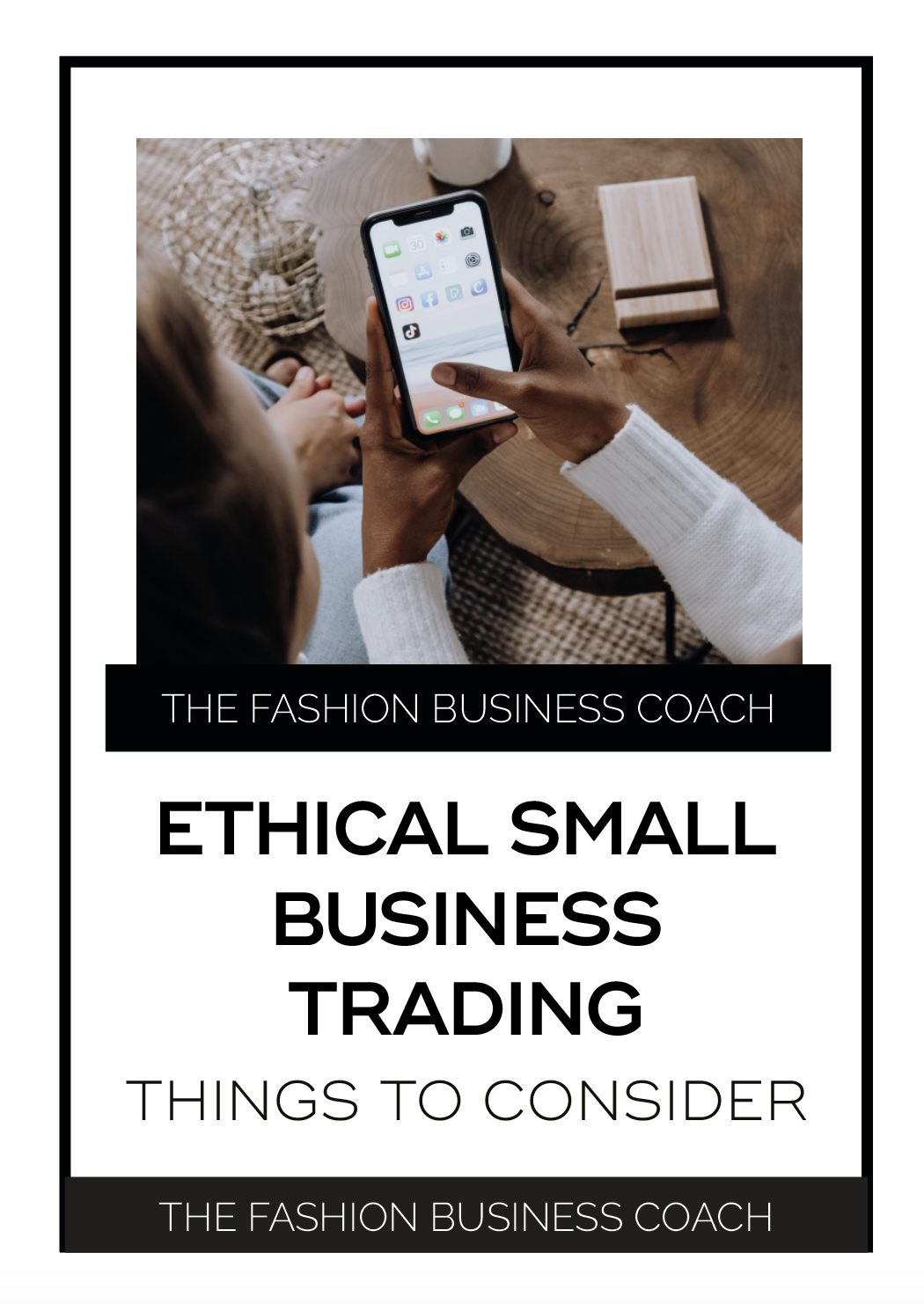
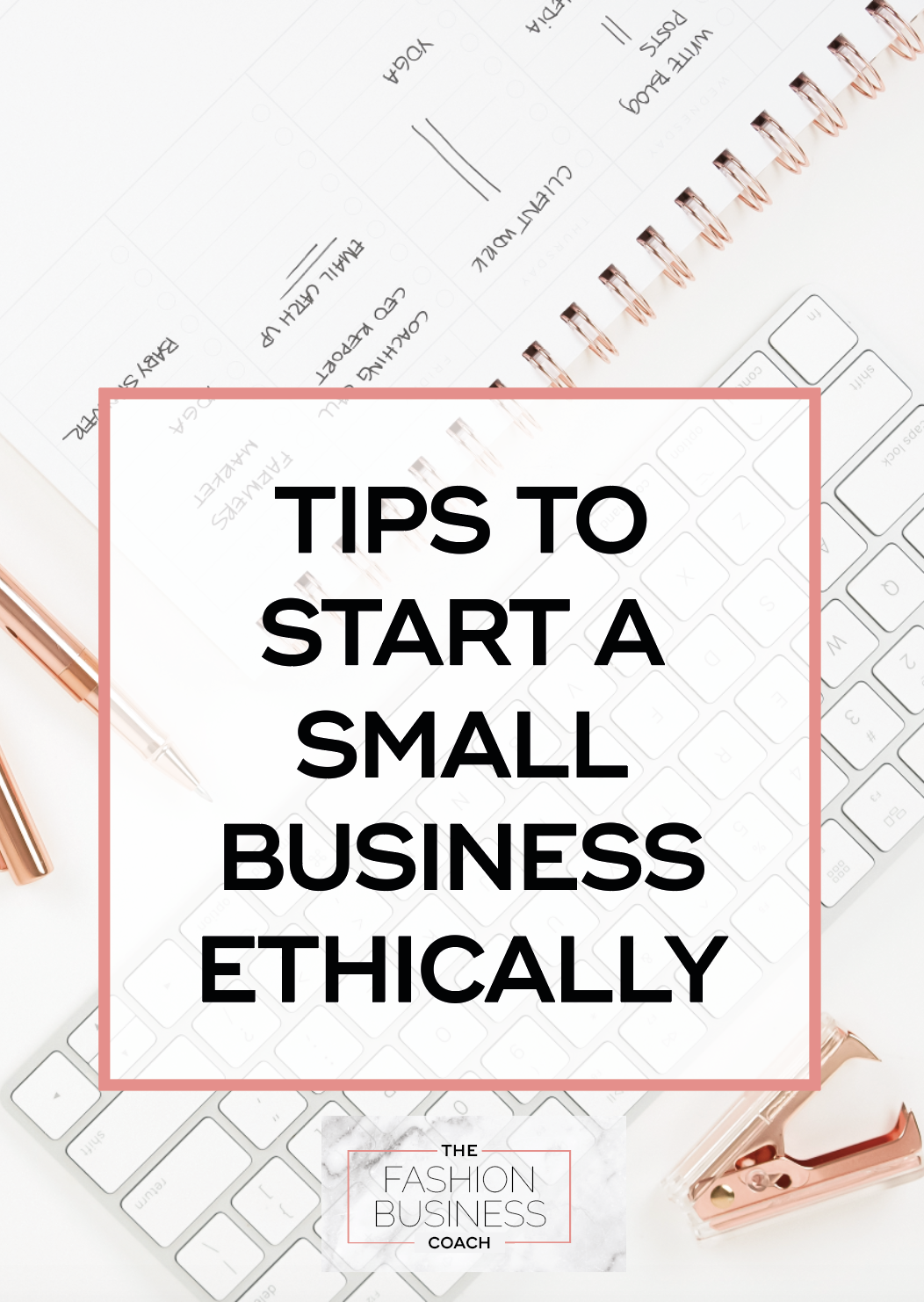
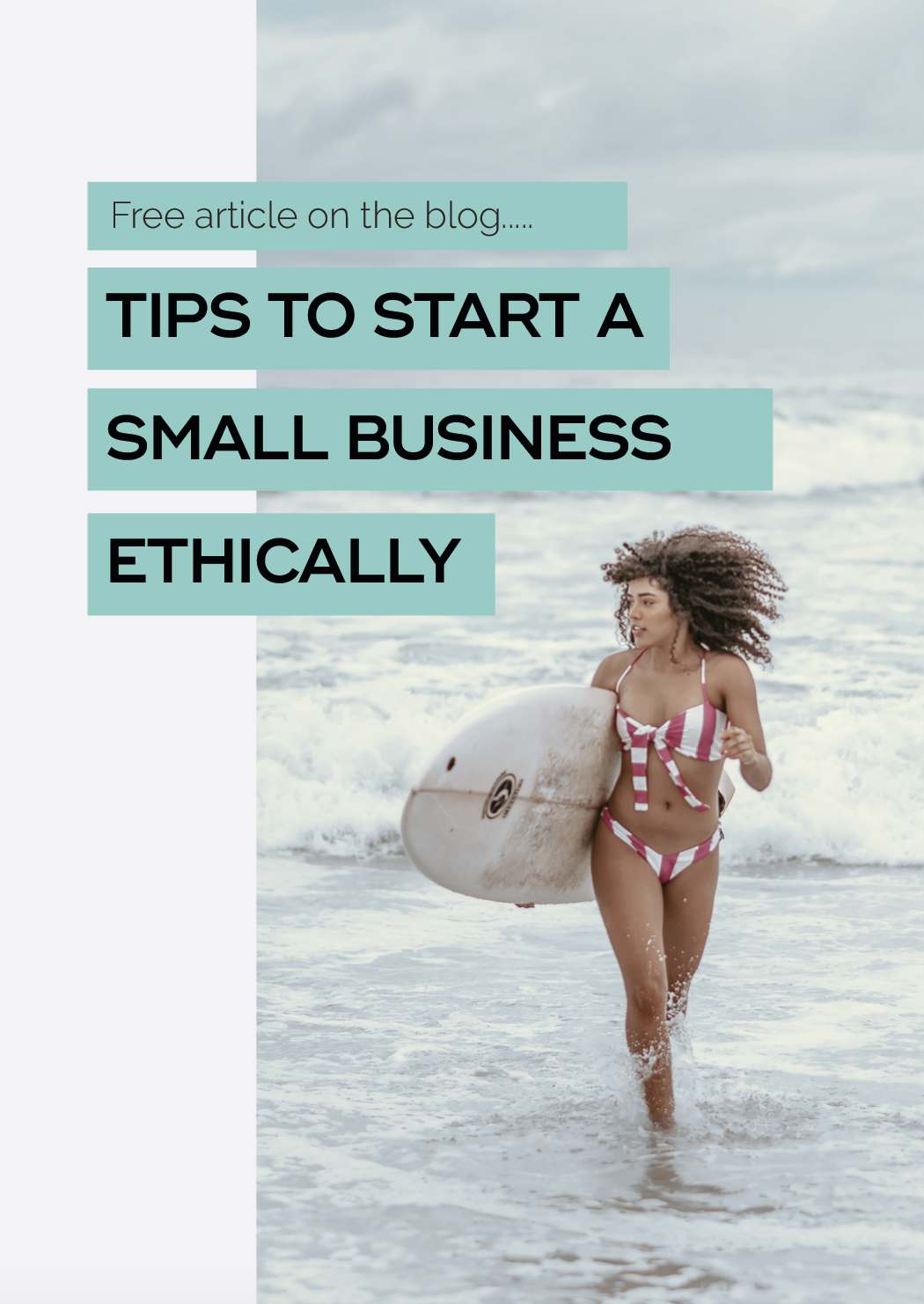
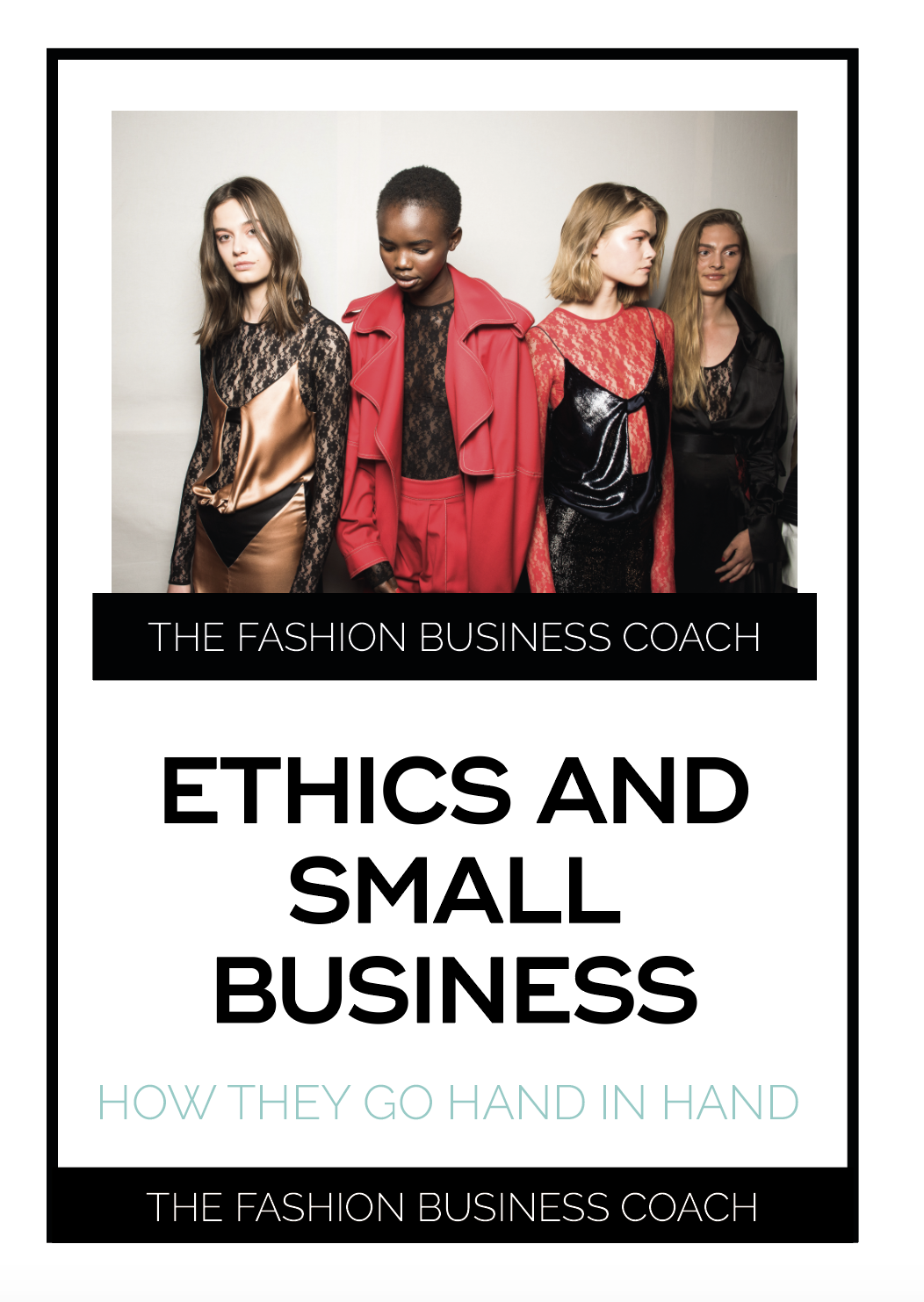

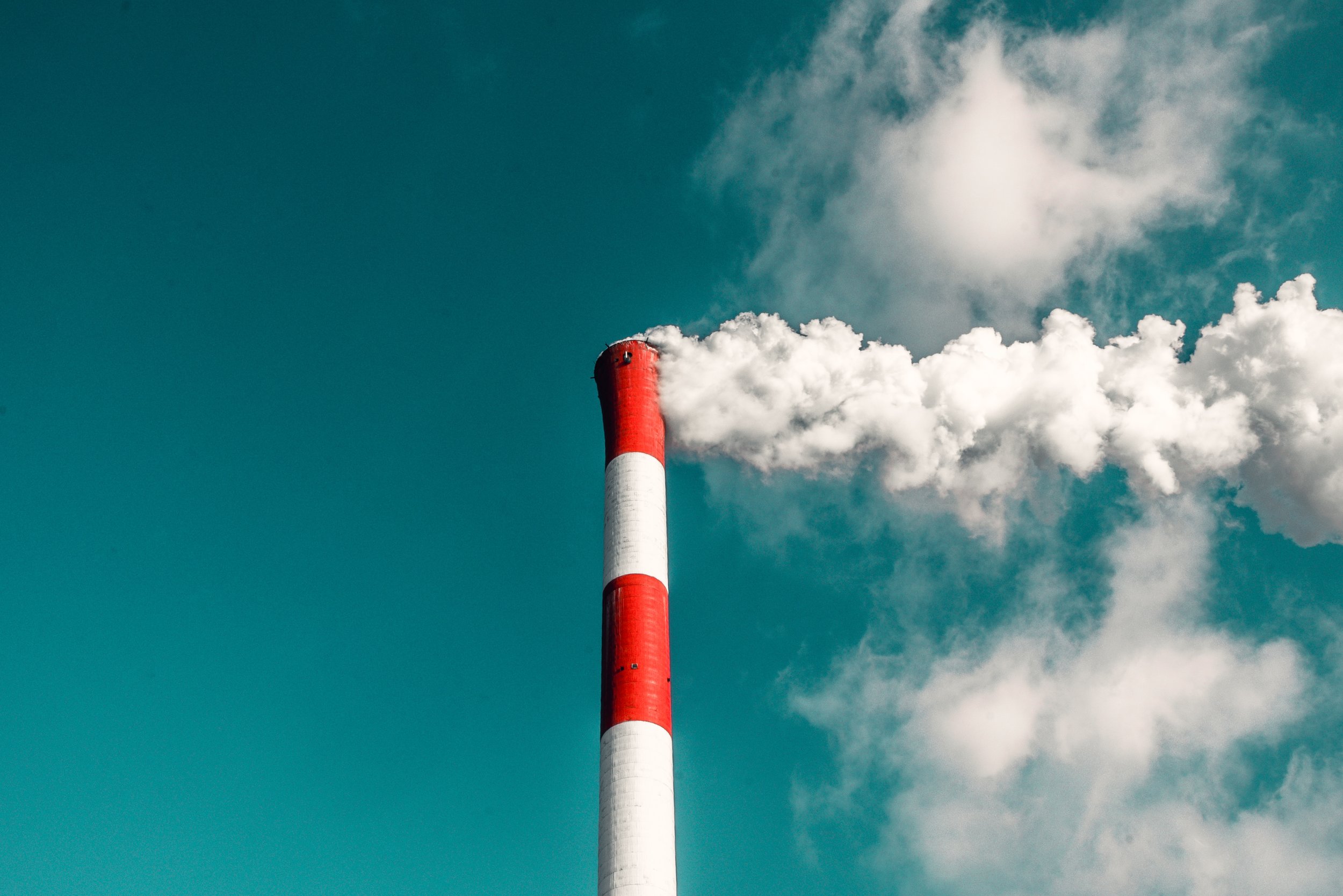












Pickleball outfit inspiration……